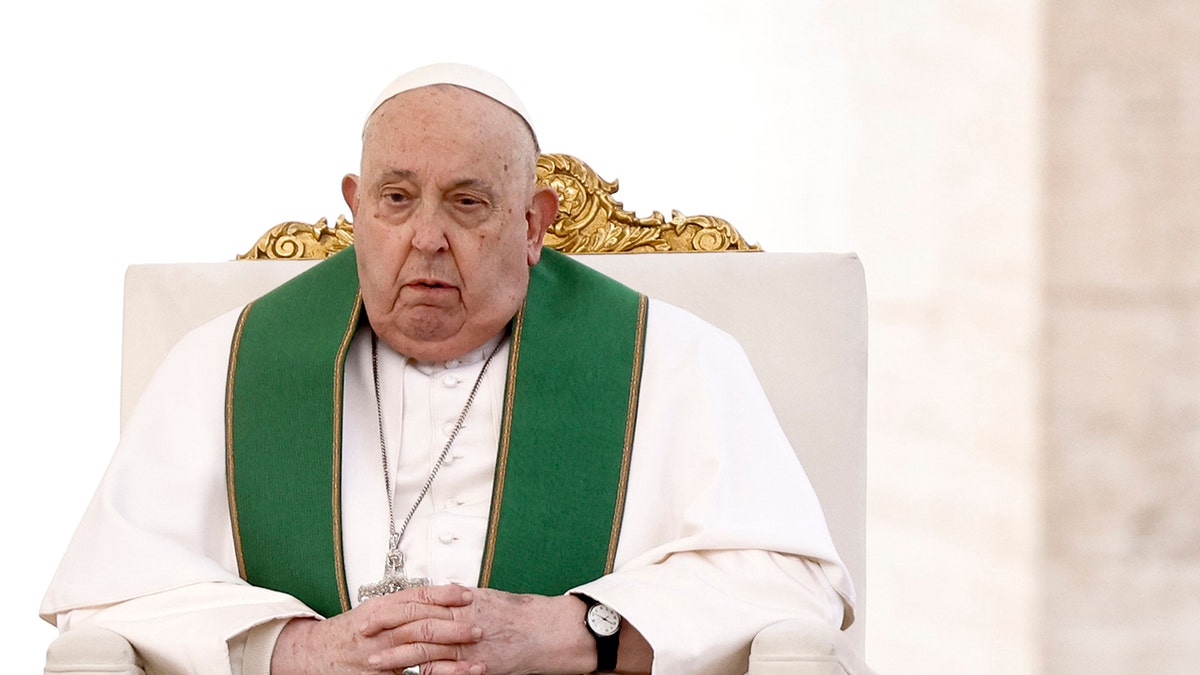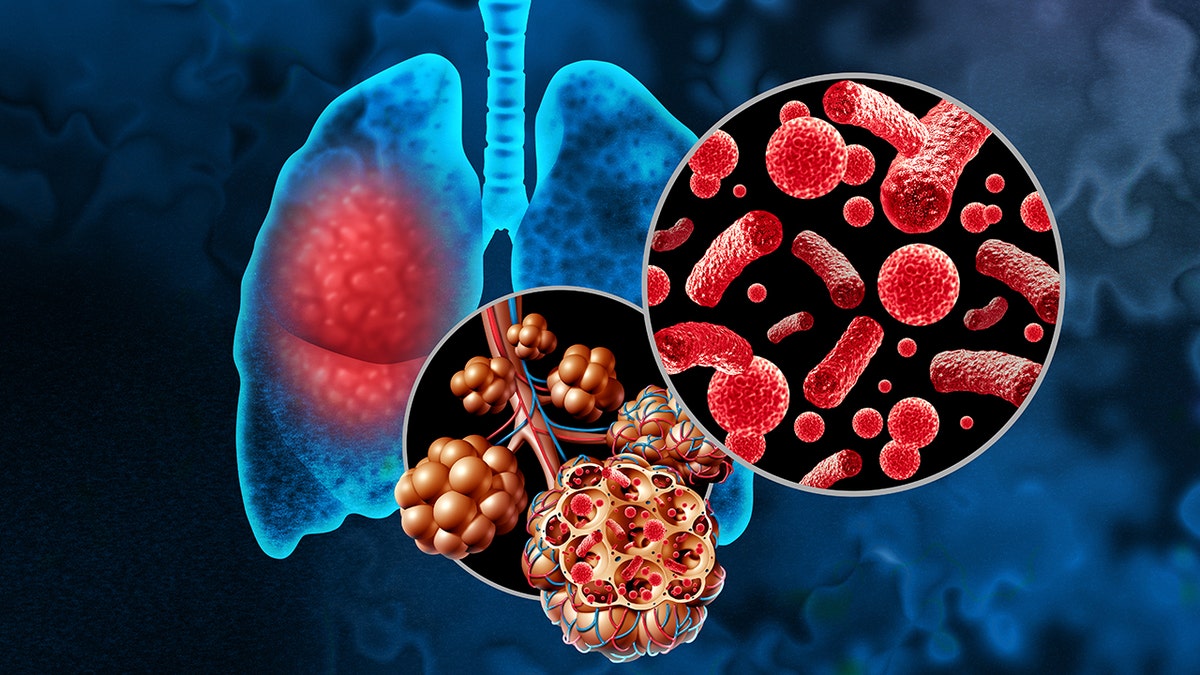Pope Francis’ death after respiratory illness: What to know about bilateral pneumonia
Following the Vatican’s announcement of Pope Francis’ death on April 21, doctors are speaking about the health conditions he faced in recent months.
The Catholic faith leader, who died at the age of 88, had been under medical care for bilateral pneumonia — a diagnosis that was confirmed via laboratory tests and chest X-rays — since February.
“The polymicrobial infection, which arose on a picture of bronchiectasis and asmatiform bronchitis, and which required the use of antibiotic cortisone therapy, makes the therapeutic treatment more complex,” the Vatican said in a statement at the time.
POPE FRANCIS DIAGNOSED WITH BILATERAL PNEUMONIA, VATICAN SAYS
“The chest CT scan that the Holy Father underwent this afternoon … demonstrated the onset of bilateral pneumonia that required further pharmacological therapy.”

In an appearance on “Fox & Friends” on Monday morning, Fox News senior medical analyst Dr. Marc Siegel shared his knowledge surrounding the pope’s passing.
“What I heard from inside sources … I heard there was a respiratory failure event this morning … where he was unable to catch his breath. We don’t know what caused that.”
“It was likely due to another asthma-type event like he had in the hospital,” Siegel surmised.
“I heard there was a respiratory failure event this morning … where he was unable to catch his breath. We don’t know what caused that.”
“But … there are other things that may have occurred. When you have been sedentary for over a month like that, and then you go home and try to get up and engage in therapy, a lot of things can go wrong at that point.”
Prior to his bilateral pneumonia diagnosis, Pope Francis had been hospitalized to treat bronchitis, a condition that can lead to pneumonia.
What is bilateral pneumonia?
Pneumonia is defined by Cleveland Clinic as an infection in the lungs caused by bacteria, viruses or fungi.
This can cause the lung tissue to swell and create a buildup of fluid or pus in the lungs.
SURGE IN WALKING PNEUMONIA AFFECTS THESE HIGH-RISK GROUPS, SAYS DR. MARC SIEGEL
Bilaterial pneumonia, also known as double pneumonia, occurs in both lungs at the same time.
The said the risk of bilateral pneumonia depends on the underlying health conditions of the patient and the strength of the person’s immune system, according to Siegel.

“It also depends on the bacteria — is it a resistant, aggressive form like pseudomonas, or strep or pneumococcus?” he told Fox News Digital.
Bacterial vs. viral pneumonia
Most cases of community-acquired pneumonia are bacterial or viral.
Bacterial pneumonia is normally more severe than viral pneumonia, according to Cleveland Clinic.
CLICK HERE TO SIGN UP FOR OUR HEALTH NEWSLETTER
It can be caused by an infection of Streptococcus pneumoniae bacteria, also called pneumococcal disease. Other bacteria that can cause the respiratory condition include mycoplasma pneumoniae, Haemophilus influenza, Chlamydia pneumoniae and Legionella (Legionnaires’ disease), per the above source.

Bacterial pneumonia is treated with antibiotics.
Viral pneumonia can sometimes stem from viruses that include the flu, common cold, COVID-19 and respiratory syncytial virus (RSV), according to Cleveland Clinic.
For more Health articles, visit www.foxnews.com/health
This type of pneumonia typically improves on its own.
In less common cases, some fungi (molds) or protozoa can cause pneumonia.

“The biggest concern is that it could spread into the bloodstream and cause sepsis, which is definitely life-threatening,” Siegel cautioned.
CLICK HERE TO GET THE FOX NEWS APP
The condition is also more dangerous for the elderly, the doctor added.
